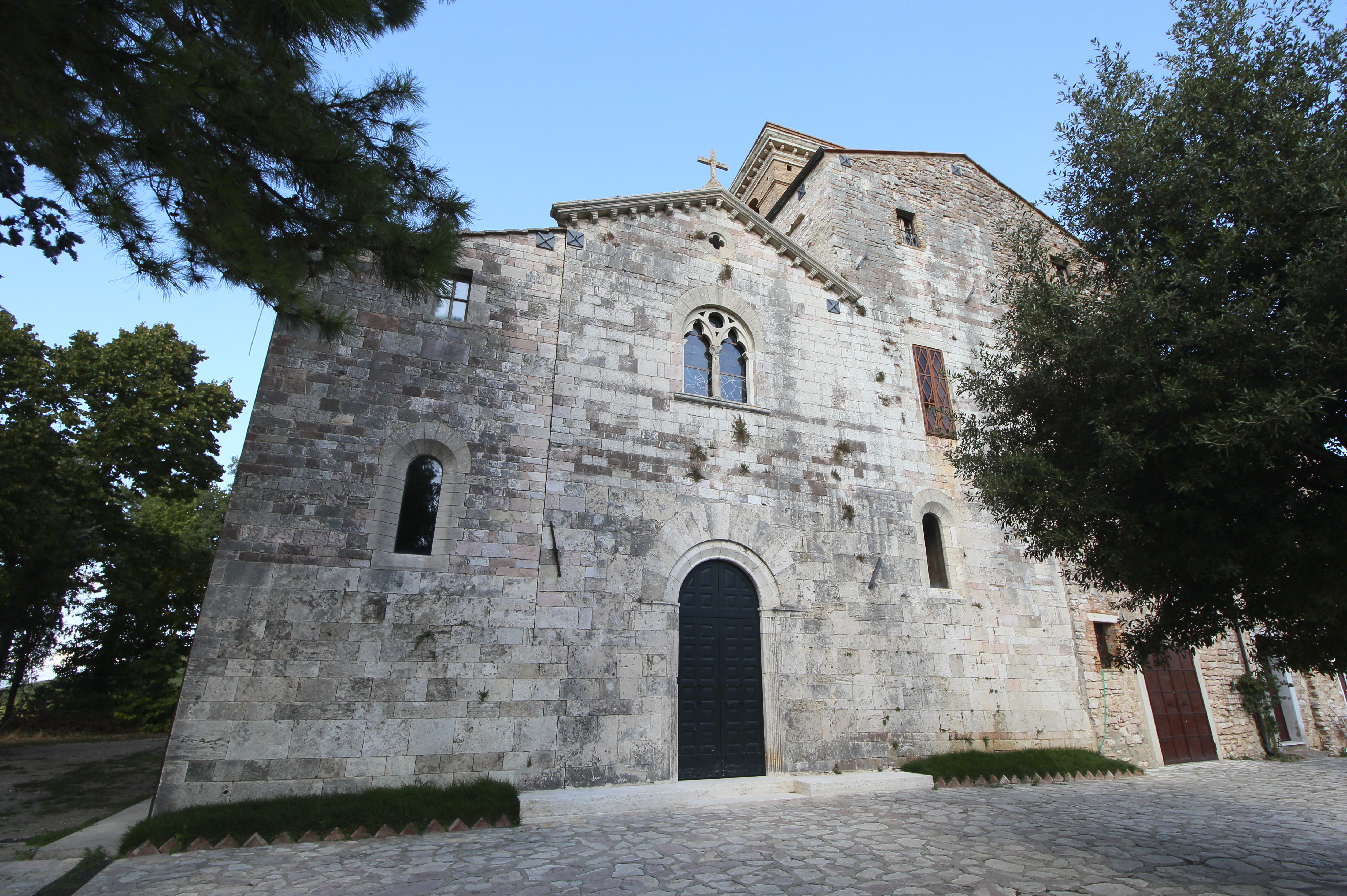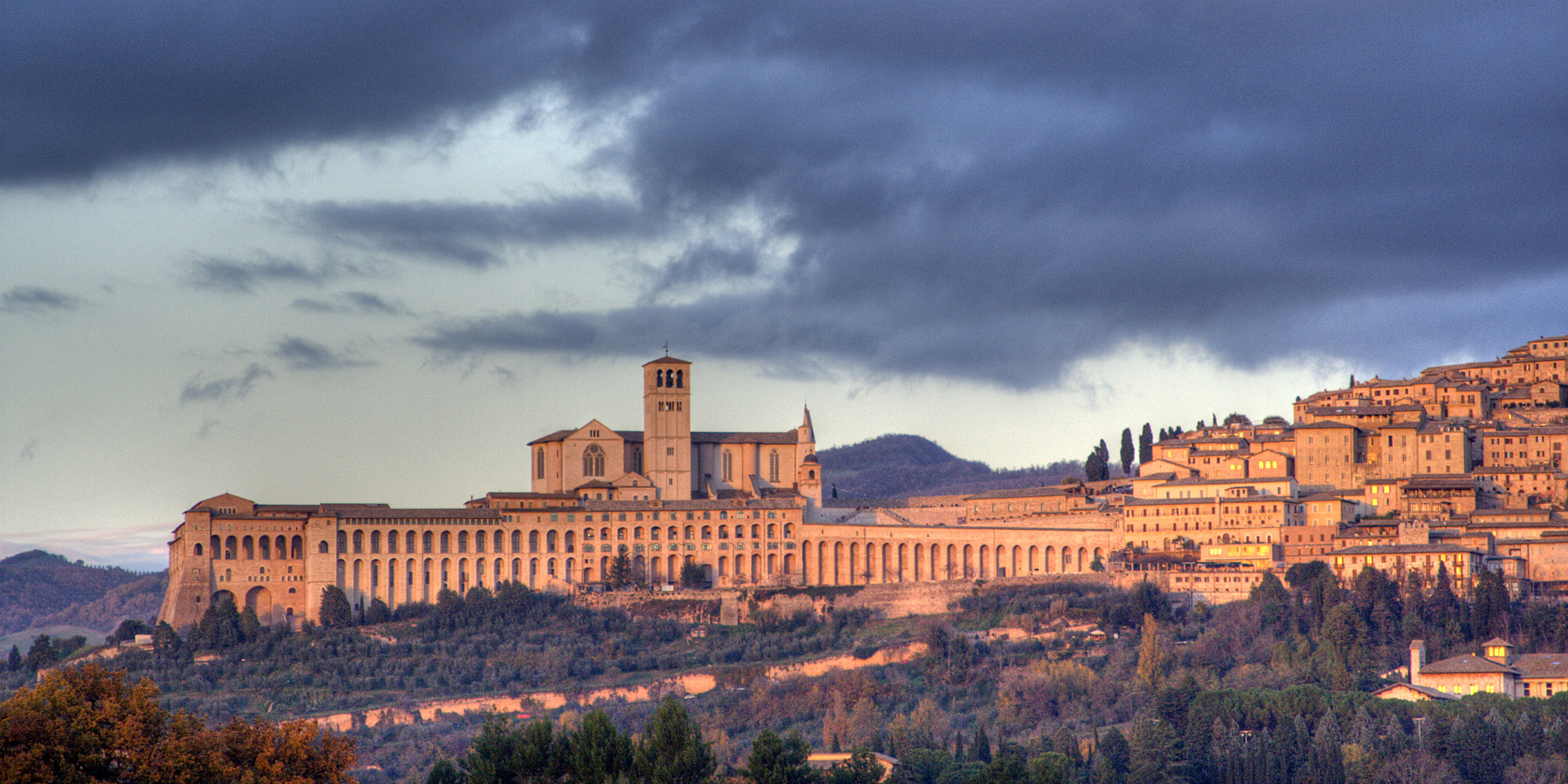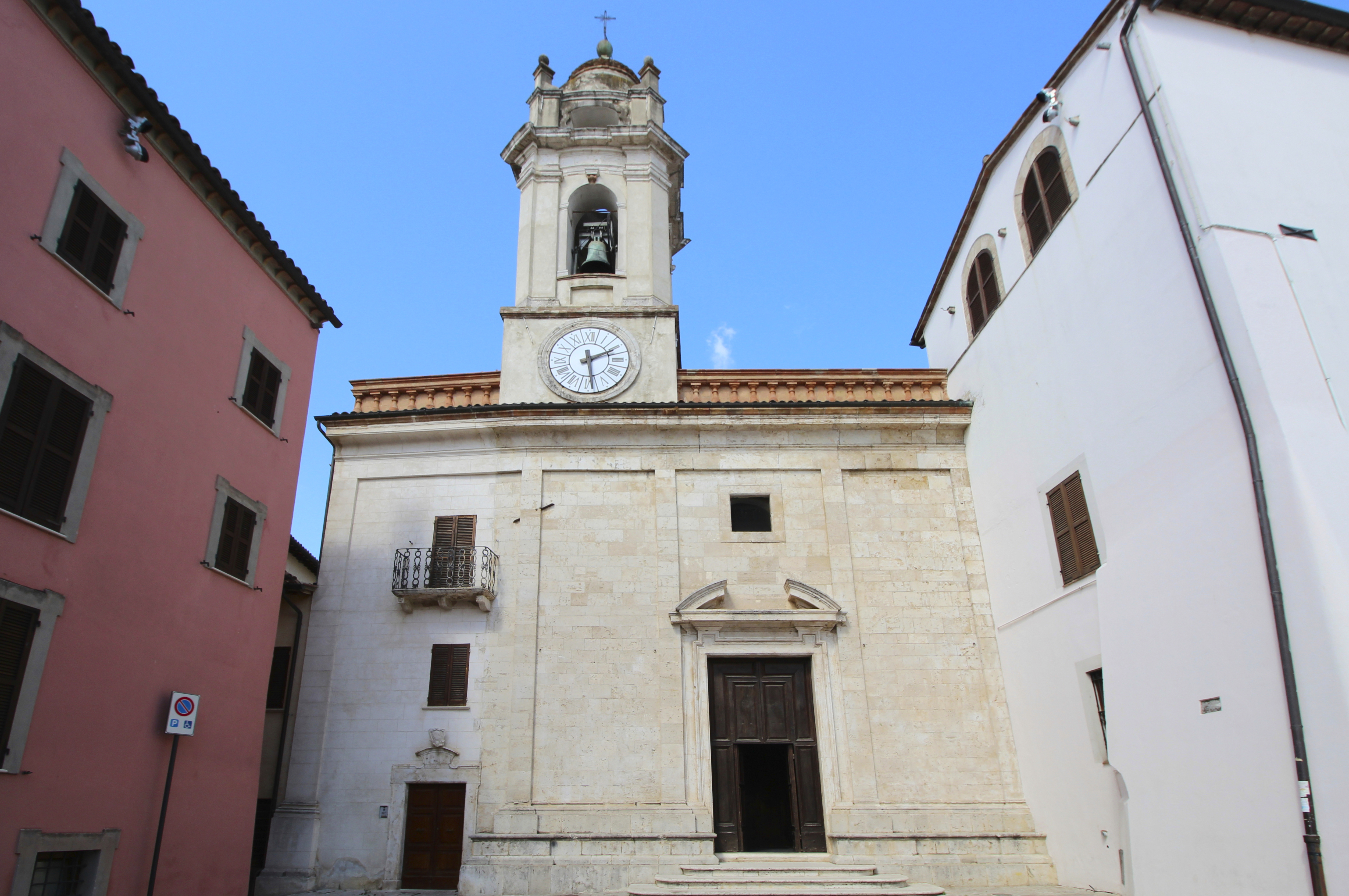|
Massa Martana
Massa Martana (near the well attested ancient site of the '' Vicus Martis Tudertium'' on the Via Flaminia) is an ancient Italian town and ''comune'' in the Monti Martani mountain range in the province of Perugia (Umbria). It is 10 km N of Acquasparta, 18 km N of San Gemini and 32 km N of Narni; 14 km S of Bastardo and 27 km S of Bevagna. As of the 2003 census, the town had 3558 inhabitants. It is one of the classic walled towns of central Italy, and in its main gate can be seen several ancient inscriptions, including a Roman one of some interest. The modern town has spread northwards along the road. Territory The territory of the commune includes three well-preserved Romanesque churches, each built in part of Roman stone in the abbeys of S. Fidenzio, of Santa Maria in Pantano and of San Faustino. The medieval abbey church of Santa Maria in Viepri was erected in the 12th century. The modern shrine at Colvalenza (6&nbs ... [...More Info...] [...Related Items...] OR: [Wikipedia] [Google] [Baidu] |
Vicus Martis Tudertium
The ''Vicus Martis Tudertium'' is an archaeological site in Umbria, central Italy. It is located c. south of Massa Martana, a small ''comune'' in the province of Perugia. Origins and history Most historians associate the site's foundation with the building of the ancient Roman road, the via Flaminia, in 220-219 BC. When the Via Flaminia was built, its western branch proceeded north from Narni (ancient ''Narnia''), through the Vicus, to Bevagna (ancient ''Mevania''). This branch of the road courses through a gently rolling upland plain at the foot of the Martani mountain range, an area that had been heavily populated since the middle of the Bronze Age. The eastern branch proceeded from Narni to Terni, north to Spoleto, then past Trevi and finally to Foligno, where it merged with the western branch. The site is mentioned by name in several inscriptions, including three now found in the church of S. Maria in Pantano and its bell tower. A fourth was discovered during agricultural w ... [...More Info...] [...Related Items...] OR: [Wikipedia] [Google] [Baidu] |
Viepri
Viepri, is an Italian village in the Colli Martani of central Umbria, a frazione of Massa Martana, 7 km north of that town and another 7 km SSW of Bastardo. It has about 200 inhabitants. One of the more attractive medieval villages of Umbria, in part because of the almost exclusive use of stone in its construction, it was a fortified outpost much contested by Todi and Foligno during the Middle Ages. It is chiefly known today for the Romanesque abbey of Santa Maria in Viepri The abbey of Santa Maria di Viepri is a Romanesque, former Benedictine monastery and church in Viepri, a hamlet of the town of Massa Martana, province of Perugia, Umbria, Italy. History The church was erected circa 1150 by the lords of Castelvecc ..., but another medieval church, remains of its walls, and two gates also subsist. ViepriMassaMartanaSanGiovanniBattista2.jpg, The churchSan Giovanni Battista ViepriMassaMartanaBorgo1.jpg, Gate of the defensive walls ViepriMassaMartanaSantaMari ... [...More Info...] [...Related Items...] OR: [Wikipedia] [Google] [Baidu] |
Santa Maria In Viepri
The abbey of Santa Maria di Viepri is a Romanesque, former Benedictine monastery and church in Viepri, a hamlet of the town of Massa Martana, province of Perugia, Umbria, Italy. History The church was erected circa 1150 by the lords of Castelvecchio. It was once associated with an adjacent castle and monastery. Construction might have been aided by nearby stones from the Via Flaminia. The stone façade is made of stone bricks with a small mullioned window. A large bell-tower arises next to the façade. The semicircular apses differ, with the center one being less decorated. The church contains some of the Romanesque sculptural elements embedded in the walls. The interior still has three naves, but the pilasters lack capitals. The church houses a ''Birth of the Virgin'' and a ''Madonna of the Rosary'' painted by Andrea Polinori Andrea Polinori (1586 – 1648) was an Italians, Italian painter active in a Baroque art, Baroque-style mainly in his native city of Todi in Umbria. B ... [...More Info...] [...Related Items...] OR: [Wikipedia] [Google] [Baidu] |
Bevagna
Bevagna is a town and ''comune'' in the central part of the Italian province of Perugia (Umbria), in the flood plain of the Topino river. Bevagna is south-east of Perugia, west of Foligno, north-north-west of Montefalco, south of Assisi and north-west of Trevi. It has a population of c. 5,000, with the town of Bevagna proper accounting for about half of that. History The city was originally an Etrusco-Oscan settlement. Around 80-90 BC it became a Roman ''municipium'', called Mevania, in the Augustan Regio VI. It lay on the western branch of the Via Flaminia, west-north-west of Forum Flaminii, where the branches rejoin. It is mentioned on several ancient itineraries, following the Vicus Martis Tudertium on the way out of Rome. In 310 BC the consul Fabius broke the Umbrian forces here; but otherwise it is not mentioned until the 1st century AD. In 69 the army of Vitellius awaited here the advance of Vespasian. Pastures near the Tinia river and the white oxen of t ... [...More Info...] [...Related Items...] OR: [Wikipedia] [Google] [Baidu] |
Assisi
Assisi (, also , ; from la, Asisium) is a town and ''comune'' of Italy in the Province of Perugia in the Umbria region, on the western flank of Monte Subasio. It is generally regarded as the birthplace of the Latin poet Propertius, born around 50–45 BC. It is the birthplace of St. Francis, who founded the Franciscan religious order in the town in 1208, and St. Clare (''Chiara d'Offreducci''), who with St. Francis founded the Poor Sisters, which later became the Order of Poor Clares after her death. The 19th-century Saint Gabriel of Our Lady of Sorrows was also born in Assisi. History Around 1000 BC a wave of immigrants settled in the upper Tiber valley as far as the Adriatic Sea, and also in the neighbourhood of Assisi. These were the Umbrians, living in small fortified settlements on high ground. From 450 BC these settlements were gradually taken over by the Etruscans. The Romans took control of central Italy after the Battle of Sentinum in 295 BC. They built the flouris ... [...More Info...] [...Related Items...] OR: [Wikipedia] [Google] [Baidu] |
Basilica Of San Francesco D'Assisi
The Basilica of Saint Francis of Assisi ( it, Basilica di San Francesco d'Assisi; la, Basilica Sancti Francisci Assisiensis) is the mother church of the Roman Catholic Order of Friars Minor Conventual in Assisi, a town in the Umbria region in central Italy, where Saint Francis was born and died. It is a Papal minor basilica and one of the most important places of Christian pilgrimage in Italy. With its accompanying friary, Sacro Convento, the basilica is a distinctive landmark to those approaching Assisi. It has been a UNESCO World Heritage Site since 2000. The basilica, which was begun in 1228, is built into the side of a hill and comprises two churches (known as the Upper Church and the Lower Church) and a crypt, where the remains of the saint are interred. The interior of the Upper Church is an important early example of the Gothic style in Italy. The Upper and Lower Churches are decorated with frescoes by numerous late medieval painters from the Roman and Tuscan schools, an ... [...More Info...] [...Related Items...] OR: [Wikipedia] [Google] [Baidu] |
1997 Umbria And Marche Earthquake
The 1997 Umbria and Marche earthquake occurred in the regions of Umbria and Marche, central Italy on the morning of September 26. It was preceded by a foreshock almost as strong as the main quake. The foreshock occurred at 02:33 CEST (00:33 UTC), rated , and the second – the main shock – occurred at 11:40 CEST (09:40 UTC), rated . Their epicentre was in Annifo. The mainshock was assigned X (''Extreme'') and foreshock VIII (''Severe'') on the Mercalli intensity scale. There were several thousands of foreshocks and aftershocks from May 1997 to April 1998, more than thirty of which had a magnitude more than 3.5. Eleven people are known to have died following the shocks. List of foreshocks and aftershocks Only shocks (both foreshocks and aftershocks) with magnitude 5.0 or higher are listed. See also * List of earthquakes in 1997 * List of earthquakes in Italy * Earthquake engineering Notes Further reading * * * * * * External links CFTI4medEarthquake Assisi, Italy - Terrem ... [...More Info...] [...Related Items...] OR: [Wikipedia] [Google] [Baidu] |
Santa Illuminata, Massa Martana
The abbey of Santa Illuminata is a Romanesque, former Camaldolese monastery and church outside of the town of Massa Martana, province of Perugia, Umbria, Italy. History Tradition holds the church was erected over the burial site of the Saint, who had fled from Ravenna. The church and monastery is documented by 1128 as having been founded in the prior century by Camaldolese monks from Sant'Apollinare in Classe in Ravenna. According to charter of 1138by archbishoGualtieroof Ravenna, Santa Illuminata was included in the goods belonging to the abbey of Sant'Apollinare in Classe. The monastery was suppressed in 1260, when it became dependent on the Todi Cathedral. That year the prior was Benedetto Caetani, who would become Pope Boniface VIII. Architecture The façade has three arches, two of them walled up. Above the center rounded arch is a mullioned window. The apse has a sail-like belltower. The interior has traces of frescoes, but houses an 18th-century canvas depicting Life of ... [...More Info...] [...Related Items...] OR: [Wikipedia] [Google] [Baidu] |
Santa Maria Della Pace, Massa Martana
San Maria della Pace is a Renaissance-style, Roman Catholic, Marian sanctuary-church and convent in the town of Massa Martana, province of Perugia, Umbria, Italy. The former convent building also houses part of the town library and archive system. History The church was built during 1521-1589 along the pilgrimage route of the via Flaminia. Putatively part of the design is attributed to the painter Andrea Polinori. The church, like many sanctuaries of this type, consolidated outside of the town around a roadside aedicule depicting a 15th-century image of the ''Madonna lactating between St John the Baptist and St James''. The sanctuary was associated with the Franciscans of the third order of St Francis. The church has a centralized octagonal plan influenced in 1600. The cupola was densely frescoed (1647-1649) by Polinori with scenes from the old and new testament of the bible, as well as apostles, saints and angelic musicians. Among the other works in the church are an altarpiece d ... [...More Info...] [...Related Items...] OR: [Wikipedia] [Google] [Baidu] |
San Felice, Massa Martana
San Felice is a Roman Catholic church in the town of Massa Martana, province of Perugia, Umbria, Italy. History The church is dedicated to the town patron saint, Felice, said to have been the bishop and later martyr during the persecutions by Emperors Diocletian and Maximinian. While the church was initially erected by medieval times, the present structure has undergone many re-edifications. The church was damaged during the second world war. The façade with stone blocks has tall pilasters and a baroque architecture, baroque belltower rising from the cornice. The interior has a single nave surrounded by large pilasters. The main altarpiece depicts the ''Madonna with Blessed Ruggero, St Felix, Santa Rita and St Pope Pius V'' (1723) by Giacinto Boccanera. On the wall to the left of the entrance are two 16th-century frescoes depicting a ''Crucifixion'' and an ''Enthroned Virgin and Child with Saints Roch and Ambrosius''. There are also 15th-century frescoes including a ''Virgin and ... [...More Info...] [...Related Items...] OR: [Wikipedia] [Google] [Baidu] |
Santa Maria In Pantano
Santa Claus, also known as Father Christmas, Saint Nicholas, Saint Nick, Kris Kringle, or simply Santa, is a legendary figure originating in Western Christian culture who is said to bring children gifts during the late evening and overnight hours on Christmas Eve of toys and candy or coal or nothing, depending on whether they are "naughty or nice". In the legend, he accomplishes this with the aid of Christmas elves, who make the toys in his workshop, often said to be at the North Pole, and flying reindeer who pull his sleigh through the air. The modern figure of Santa is based on folklore traditions surrounding Saint Nicholas, the English figure of Father Christmas and the Dutch figure of ''Sinterklaas''. Santa is generally depicted as a portly, jolly, white-bearded man, often with spectacles, wearing a red coat with white fur collar and cuffs, white-fur-cuffed red trousers, red hat with white fur, and black leather belt and boots, carrying a bag full of gifts for childr ... [...More Info...] [...Related Items...] OR: [Wikipedia] [Google] [Baidu] |




